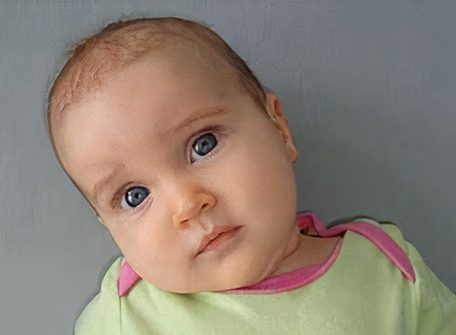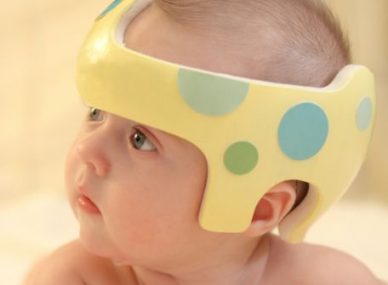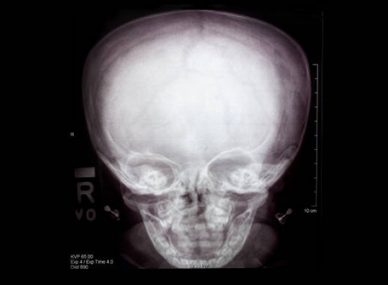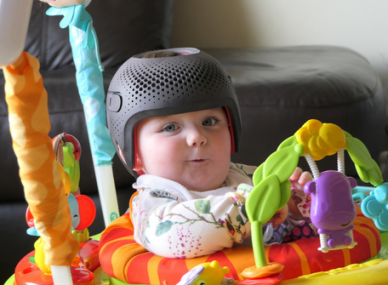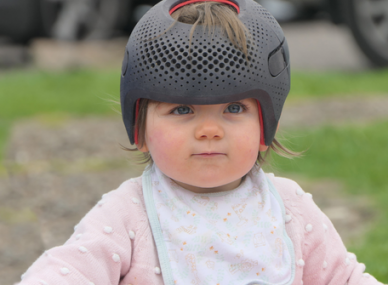Congenital muscular torticollis is a condition which causes babies neck muscle to shorten on one side causing tilting of head to one side along with rotation to the opposite side with presence of 1-2 cm mass in the neck muscle(sternocleidomastoid) on the side of the tilt.

3 Months Is The Beginning Of Symmetry!
What you may notice?
BACK :

- Brings hands to midline
- Head is more frequently in midline
- Chin tucks
- Attempts to turn on either side
Tummy

- lifts their head up & their upper chest off the floor.
- push up on their forearms
Red Flags :
- Head consistently turned to one side. Over time, the consistent head rotation on one side can cause plagiocephaly (flat head syndrome)
Lack of arm/leg movements - Lack of midline activity
- Legs extended and stiff
- Not attempting to lift head up and visually explore
- Weight still excessively towards the head, as compared to towards hips.
- Tilts head to one side
- Babies are resistant to being repositioned
- Unable to turn their head actively or passively
- Prefer to look in one direction for play or sleep
- Difficulty nursing on one side
- If you look at them lying on their back from above, their head is tilted to one side
- When placed on back they are unable to track toy past their armpit to their non preferred side
- You may also notice flat spot developing on the side of their head opposite to the tilt.
Flat Head Syndrome:
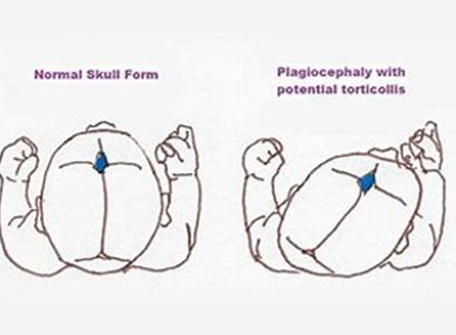
Frequently occurs when babies spend too much time on their back! ⚠️About 45% of infants between 7-12 weeks of age have a positional skull deformity (flat head!).
Use of containers and anxiety related to tummy time are most common reasons for little ones having a flat head!
Different Types Of Flat Head Syndromes:
Plagiocephaly- When littles have a flat head on their side. This is most commonly seen and can have varying degrees of severity. Torticollis can be seen in infants with a flat head.
Brachycephaly – When the back of the head is flat. And again, it can vary in severity!
Scaphocephaly – When both sides of the head are flat, making the head more oval. This is commonly seen when the soft spot on their head closes sooner than expected. If that’s the reason, medical attention is required, and it will not round off on its own.
If you notice any of the above then:
#Do not stress
# Consult local paediatrician
#Book an Evaluation with Paediatric physical therapist
Home Care Tips:
- Change their position frequently
- Play on back, side, tummy is equally important! Excessive time on their back is not recommended, but littles do learn skills on the floor on their back!
- Use different type of tummy time positions
- When using containers, ensure that they are able to turn in both directions!
- Change the direction of their head in the crib,
- changing the side of car seat so they turn on both sides to play with siblings.
- Ask for professional help, the above strategies are to prevent flat head. The babies already with one will need intervention by skilled paediatric therapist and helmet therapy.


